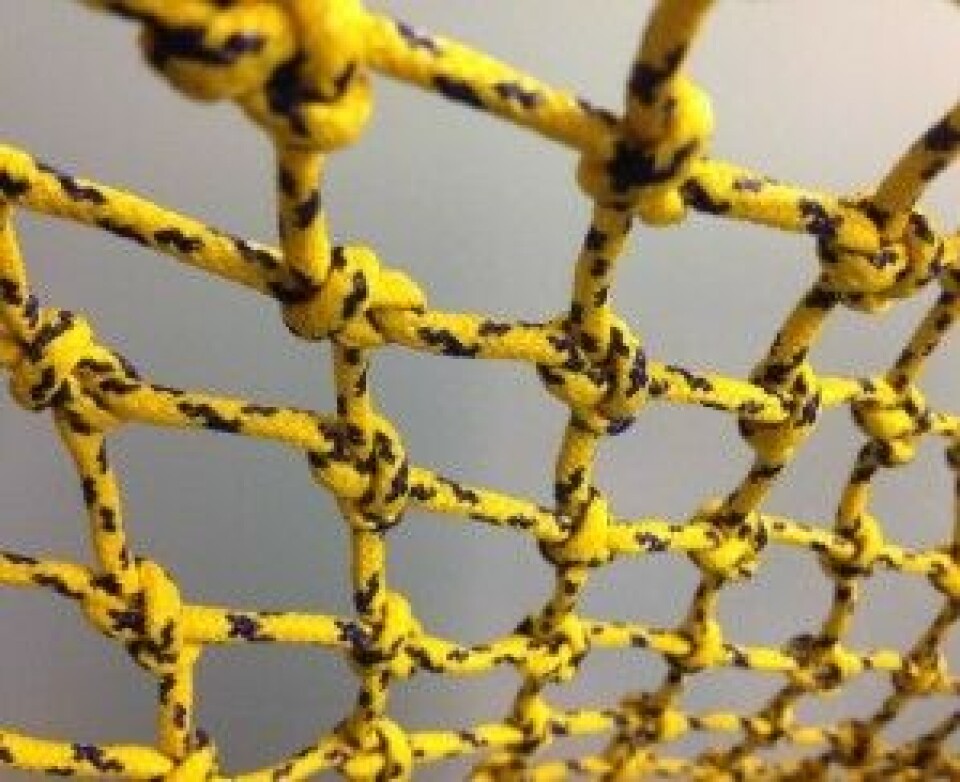
An “unacceptable” year for escapes
Marine Harvest has pledged to improve its containment strategy following a year in which 94,000 of its fish – including 16,000 in Scotland – escaped.
Looking back on 2015, the company’s annual report states: “We have a target of zero fish escapes, and we strive constantly to prevent escapes and improve methods, equipment and procedures that can minimize or eliminate them. Our performance in this area in 2015 was not acceptable, with 16 reported escape incidents and more than 94,000 escaped fish. Many of our escape incidents are caused by human error, and our operational procedures and training have therefore been changed to reduce the potential for human error, while equipment specifications have been updated to ensure that our farms are fitted to the appropriate standard.”
The report outlined means that the company intends to employ to use to get closer to its goal of “zero escape incidents”, with training and technology (as well as traceability) goals to the fore.
To minimise human error, the company intends to refine its internal global standard and “perform gap analyses between the standard and our current practices. In 2015 we developed an internal training program for escape prevention, to increase awareness of the zero escape goal and best practices to prevent escape incidents.”
In terms of new equipment, the company is looking to invest in more durable nets and, in 2015, started “a project to evaluate high-density polyethylene (HDPE) as a net material and assess its applicability under Norwegian farming conditions. This net material has shown good results under Canadian conditions, but increased net handling in Norway means it needs to be tested under commercial conditions before any potential further roll-out.”
The company is also continuing to take part in a trial that intends to make it possible to trace the origin of escaped fish which are later captured in the wild using mineral scale composition.
According to the report, the ongoing project “showed promising results” and will be completed by the end of the year.























































